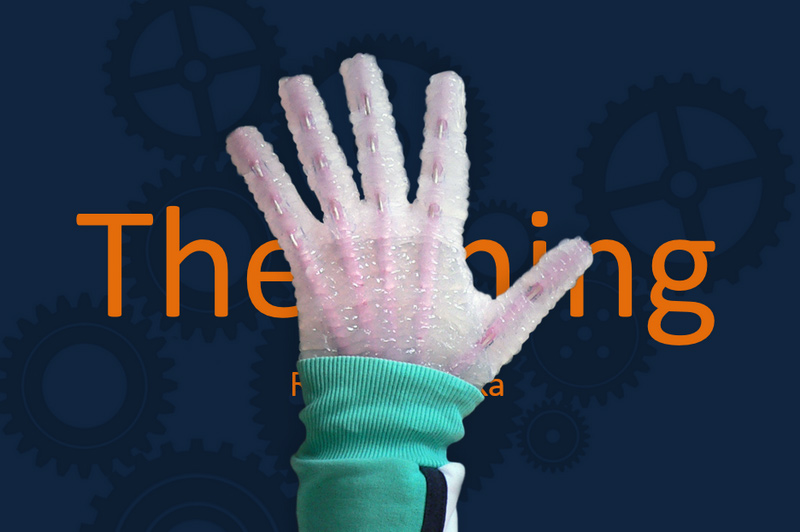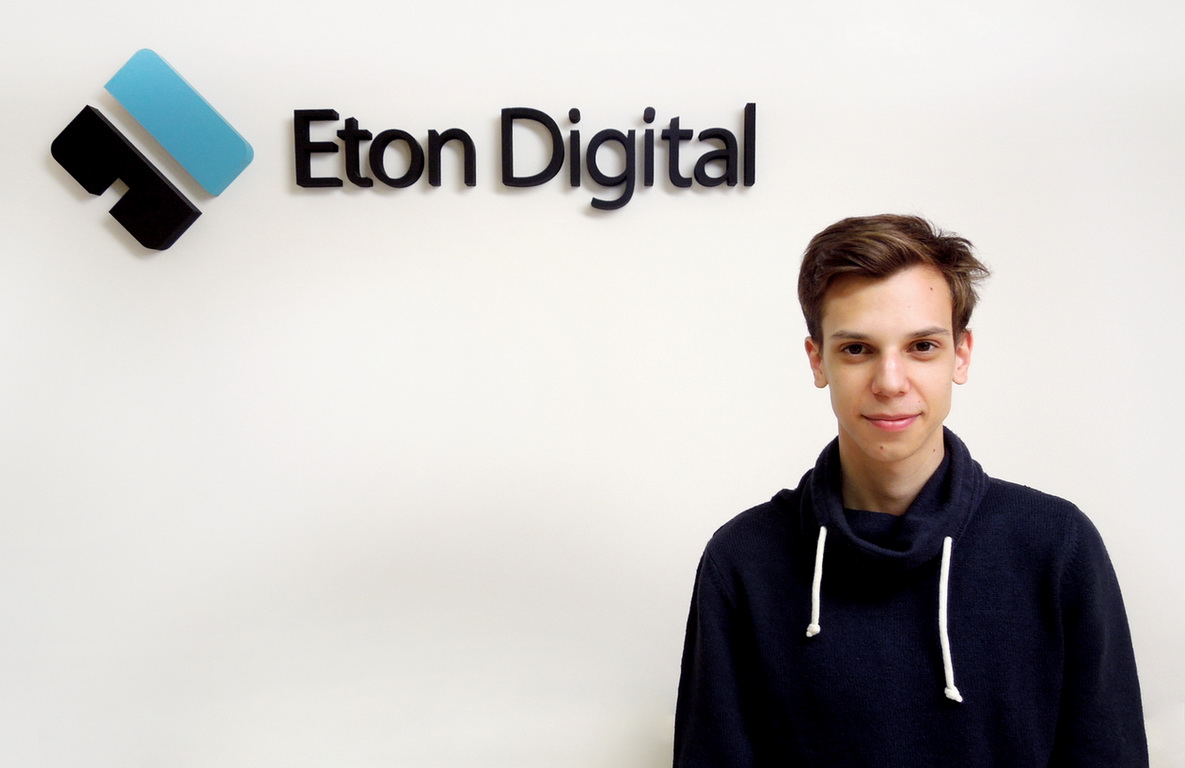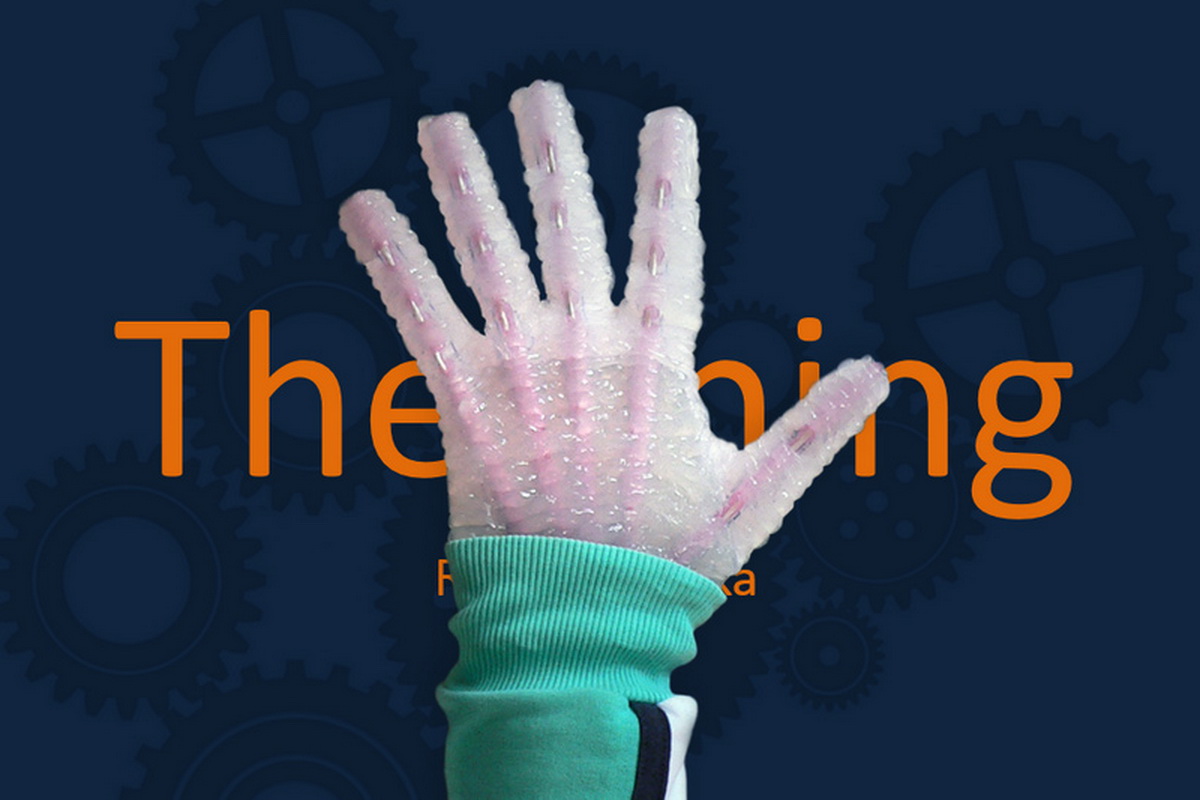We had a great opportunity to meet a group of amazing young inventors at the Startup Weekend in Novi Sad, who introduced their project the Thing, a fully functional robotic hand that can be used in medicine, gaming and other industries.

The high school robotics team created and developed an autonomous robotic hand, which resembles a human hand.
For this project, they received numerous prestigious awards in the country and were invited to participate and present their project at the 18th Moscow International Salon of Inventions and Innovative Technologies. As we recognized their great idea and passion, we decided to help them reach their destination by donating and supporting their project. We are very proud as they returned with two golds, the Special prize for the best invention and the Golden medal. As we wanted to hear more about the project, we invited Nikola Trivic, one of the inventors, to visit our office in Novi Sad and share his experience.

How did you get the idea?
In high school, we mostly focus on the theory, and we learned a lot, however, we wanted to do something practical, to make something one can use. We started thinking about what we could make, and came up with this idea, to create the robotic hand. We designed and worked on the project together with our mentors. Although the robotic hand isn’t a new idea, the way we designed it and created is new. We also had limited budget, so we had to improvise to get what we wanted.
Can you tell us how the robotic hand works?
The mechanic model of the hand is made from silicon, and a software; micro-controller is used for operating the robotic hand and the software is tracking these mechanical movements, which enables one to control and operate the robotic hand via computer.
The robotic hand has 5 motors, each for one finger, and these five motors pull the twines, which in turn tightens the fingers. It works and functions as human hand does. To build it, the only thing we needed to buy were the motors, which our school provided.
How can you use the robotic hand?
This is a prototype, but the idea is to develop it further and for example create a prosthetic robotic hand or to make it work in a particular industry.
You received two golds. What do the awards mean to you?
First of all, participating in such international competition is a great incentive for further work and progress. We saw that the science has an important role in our lives and that it’s important to invest in it. After all, today, computers and robotics are something we cannot live without.
Was it hard for you to find support for your project?
At first it was very hard to find support for the project. In time, more investors and companies welcomed the idea and offered their support. We created our presentation and started submitting it via email or through official channels, and some investors we met in person. We started promoting our project on the websites that promoted start-ups community. We also launched IndieGoGo campaign.
We are thankful to all who supported us, the city government, the Ministry of Youth and Sport, other small and mid-sized companies, and you especially.
What are your plans?
Our plan is to keep developing the robotic hand, that is, to develop EMG or EEG sensors so that the hand can be operated with brain signals or electrical signals in muscles. As for the new projects, there’s still the high school robotic team, so I believe they will try to create something new.
To follow the project, like their Facebook page and visit their website.




